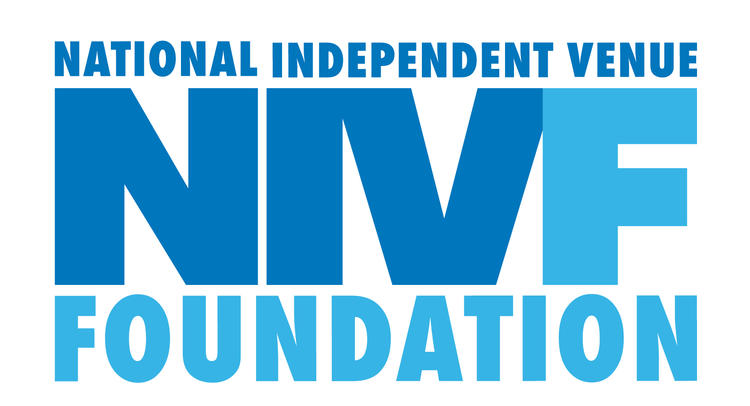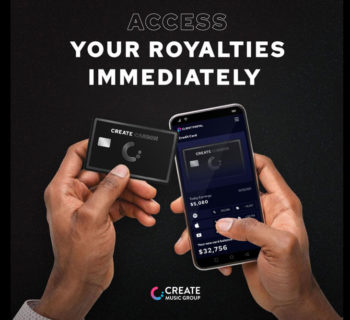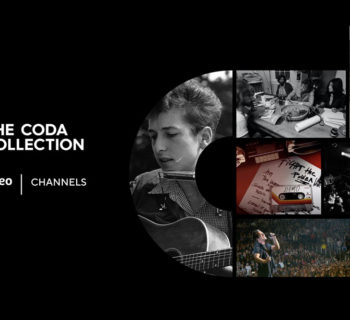Not so long ago, stepping into a brick-and-mortar music retailer was a vibrant human experience. The unmistakable aroma of vinyl, the rows of colorful album covers, the hum of distant speakers, all combined to create a unique sensory experience.
In addition to that immersive sensory experience, music stores also provided meaningful communal interactions. Record stores and music shops were places where fans congregated, discussed, debated, hunted for new tunes and unearthed lost tracks together. They were places where passionate salespeople shared wisdom and set fans on a course to musical discovery.
However, as groundbreaking advancements in technology such as social media have emerged over the last few decades, the music industry has incurred losses (R.I.P., MTV News). And with the advent of arguably the most impactful technology in recent memory — digital streaming — physical music retailers and their accompanying music store culture have faded.
This is not to say streaming hasn’t been a boon. The technology has been hugely important for the industry overall, improving global accessibility to music, making it infinitely easier for smaller artists to spread their songs and eliminating the majority of music piracy. And though these benefits have been significant, it is important to also be honest about some of streaming’s shortcomings (in this case through analogies!) so that we can make changes and continue improving the industry.
Here are three music store analogies for ways to improve the streaming experience for the benefit of all music fans.
End the Silence in the Digital Aisles
Today, navigating a streaming platform feels like stepping into a music store, albeit one with a significant twist — you can’t speak to anyone.
Just as people once roamed the shelves of a retailer, today they now scroll through endless digital playlists and artist profiles. In the music store scenario, finding your next beloved album or artist often led to animated conversations and discussions, celebrations or debates. However, in the virtual aisles of streaming services, there is only silence as there is no way to communicate with one another within each respective app.
It seems a simple tool, but Spotify, Apple, Tidal and other streaming services all lack chat functions. The dearth of this basic feature dulls the thrill of discovery, prevents users from freely exchanging their thoughts on music in real-time and overall creates a more isolated experience. In the analog era, a trip to the record store was a social event. It was a place where you could talk with fellow music enthusiasts, share your latest discoveries and maybe even win an argument. Today, those encounters seem like a distant memory.
Simple chat features can revive the sense of community that music stores fostered and encouraged.
Cross-platform Functionality, Please
We’ve established that sharing or discussing music with others who use the same streaming service can be frustrating. Taking that step further, trying to share music with people who use a different streaming service sometimes feels impossible.
With several streaming platforms available — Apple, Spotify, Tidal, Amazon and a multitude of others — music fans can choose the service they like best based on a variety of factors. However, with each service relying on its own unique programming, even sending links to songs or artists via SMS or iMessage is futile, as these links lead to dead ends for people who use different streaming platforms. The digital music world has become a series of walled gardens, and the once seamless act of sharing music has been hindered by these high digital walls.
The solution? Resorting to sending screenshots (a throwback to the dark ages?) or YouTube video links to share songs. This process is the digital equivalent of finding an album in a music store, spotting your friend in another store across the road, and desperately crafting a handmade sign to press against the window, urging your friend to check out that album.
Let’s tear down the barriers between music services and enable cross-platform functionality.
Allow Listeners to Provide Feedback to Our A.I. Guides
The decline of record store culture isn't solely about the loss of interaction between friends and fellow enthusiasts. It's also about the way we discover music and the role of A.I.
In the heyday of vinyl and CDs, passionate store clerks would eagerly offer recommendations based on people’s taste, introducing them to new artists and genres they might never have explored otherwise. These experts provided a vital connection between the music and the listener, enhancing the overall experience.
Nowadays, streaming platforms utilize algorithms and artificial intelligence to curate playlists and make recommendations. While these algorithms have the advantage of vast libraries at their disposal, the personal touch is conspicuously absent. Algorithms often get stuck in feedback loops and listeners lack the ability to provide detailed feedback, which oftentimes leads to poor recommendations.
Empowering users with tools to prompt their discovery algorithms and provide real-time feedback on recommendations and insights into their musical taste (beyond just thumbs up or down) will create a more fulfilling experience.
In the age of digital music streaming, the sense of community, the thrill of discovery and the human touch that defined record store culture have faded. While the convenience and accessibility of streaming cannot be denied, we must recognize the profound impact it has had on our musical experience.
It's time to reimagine how we can reintroduce those elements of connection and discovery into our digital music landscape. –Jason Fox
JASON FOX, a former NFL lineman, is the CEO and founder of EarBuds.














